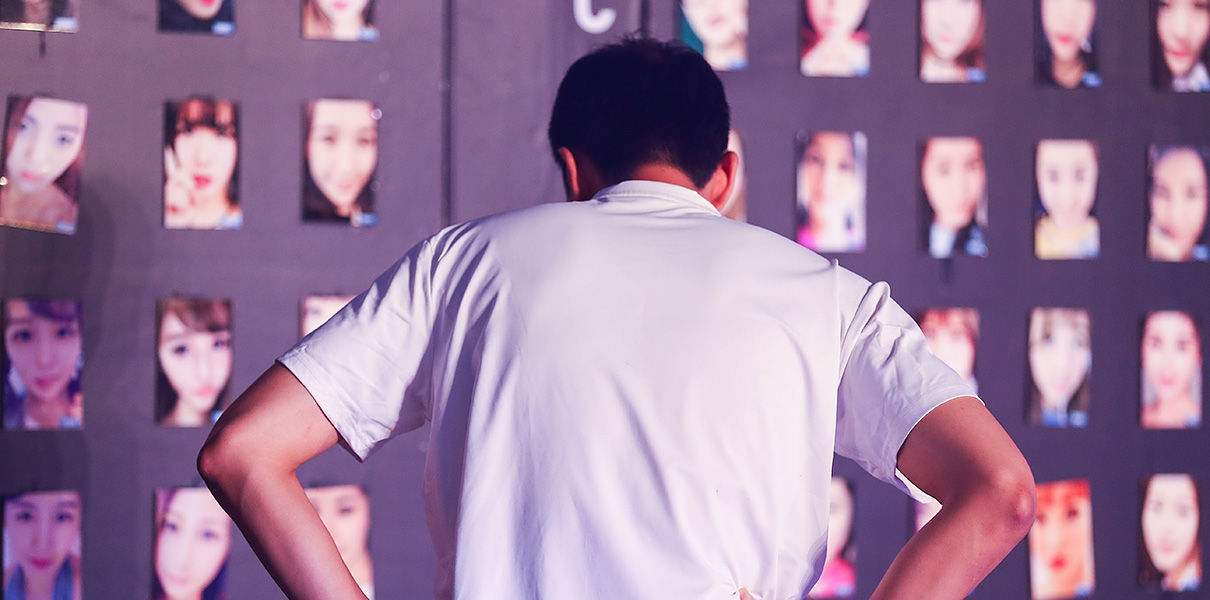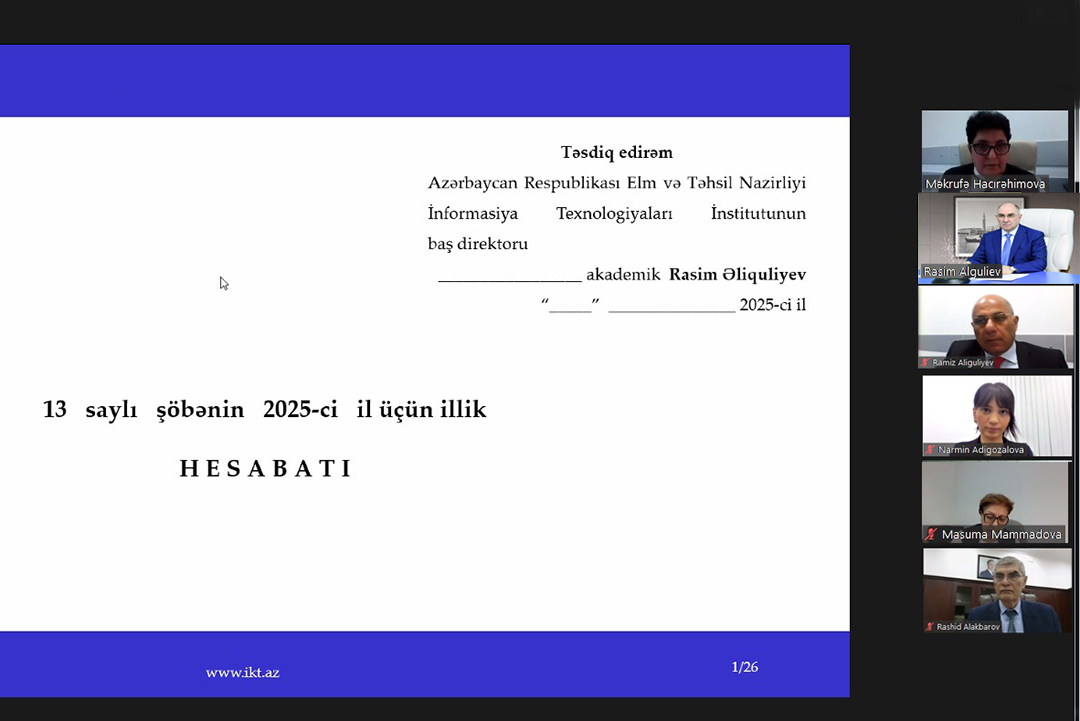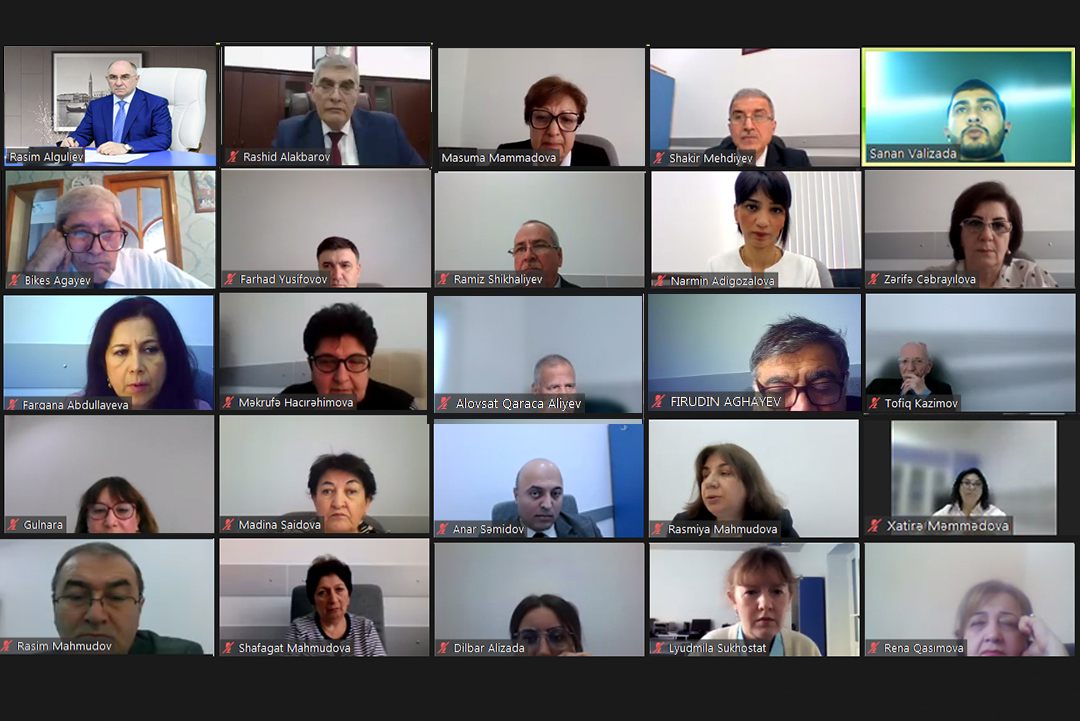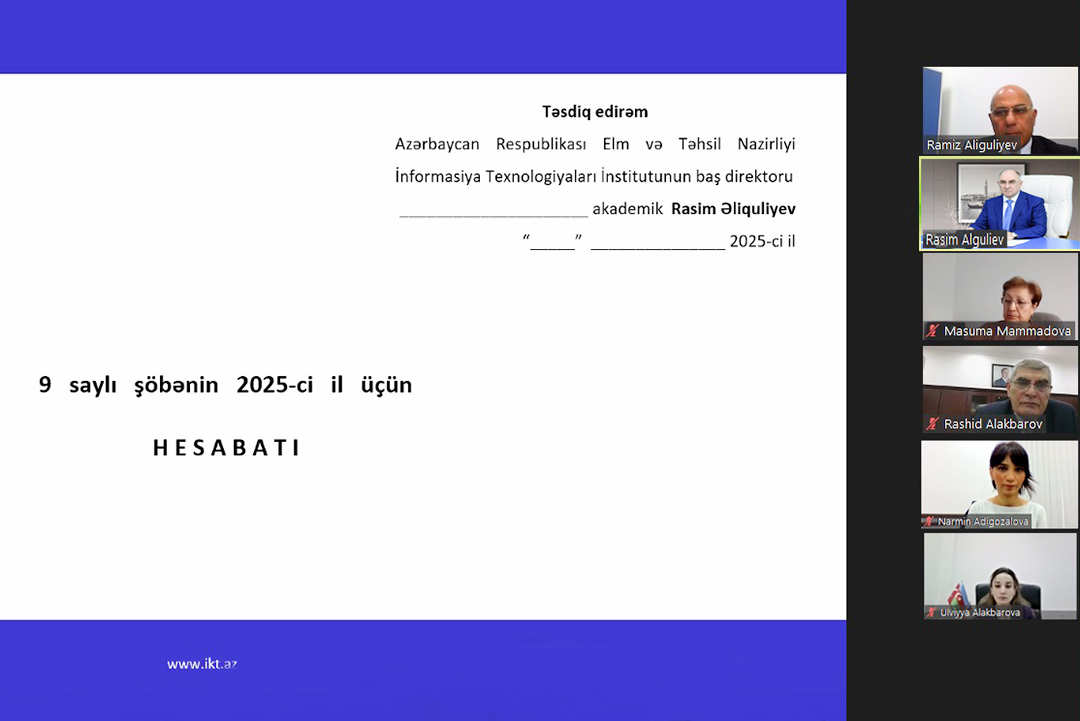NEWS
Scientists figured out how the brain recognizes faces

Scientists of the California Institute of Technology carried out an impressive experiment on "reading thoughts", restoring exclusively on brain impulses images of human faces that have just seen macaques.
This experience provides an answer to one of the most difficult questions of neuroscience - how the brain distinguishes faces - and allows one more step to approach the creation of neurointerfaces. "The revolution in neurobiology," calls this study one of its participants, Professor Rodrigo Quijan Quiroga. For the first time scientists have acquired such a thorough understanding of these complex functions of the brain.
The search for an answer to this question began in the 1960s when American neuroscientist Jerry Lettwin suggested that humans have specific neurons that react to certain objects, for example, there are neurons that are excited only when you see your grandmother. Then, groups of neurons were found that react almost exclusively to faces, but how recognition occurs remains a mystery.
The latest research shows that our brain relies on recognizing faces for a kind of mathematics that a computer algorithm could use, carrying out the same task. Scientists have created a facial layout using points and their relationships, which describe all possible forms of persons. For example, the distance between the eyes or the height of the forehead. Then added additional characteristics: skin color, eye, the expression of facial muscles.
© All rights reserved. Citing to www.ict.az is necessary upon using news






